London is renowned globally for its dynamic and diverse nightlife, making it a premier destination for night owls and party enthusiasts. The city’s vibrant after-dark scene undoubtedly draws people from around the world, eager to experience its eclectic entertainment options. From historic pubs that evoke London’s storied past to avant-garde clubs pushing the boundaries of music and culture, there is no shortage of ways to enjoy the city. Whether it’s dancing the night away, enjoying live performances, or simply soaking in the electric atmosphere, find more about the best areas to stay in London for nightlife.
Accommodation Options in London
While it may sound like an exaggeration, London’s night scene caters to practically every taste and interest conceivable. Renowned areas such as Soho and Shoreditch are famous for their energetic party scenes. Meanwhile Mayfair provides an air of sophistication with its upscale establishments. Iconic venues like Fabric, known for its cutting-edge electronic music, Ministry of Sound, with its historic legacy in the dance scene, and Ronnie Scott’s Jazz Club – a staple since 1959 – offer a snapshot into London’s varied nightlife landscape. Consequently, each place uniquely contributes to the city’s reputation as a nightlife epicenter.
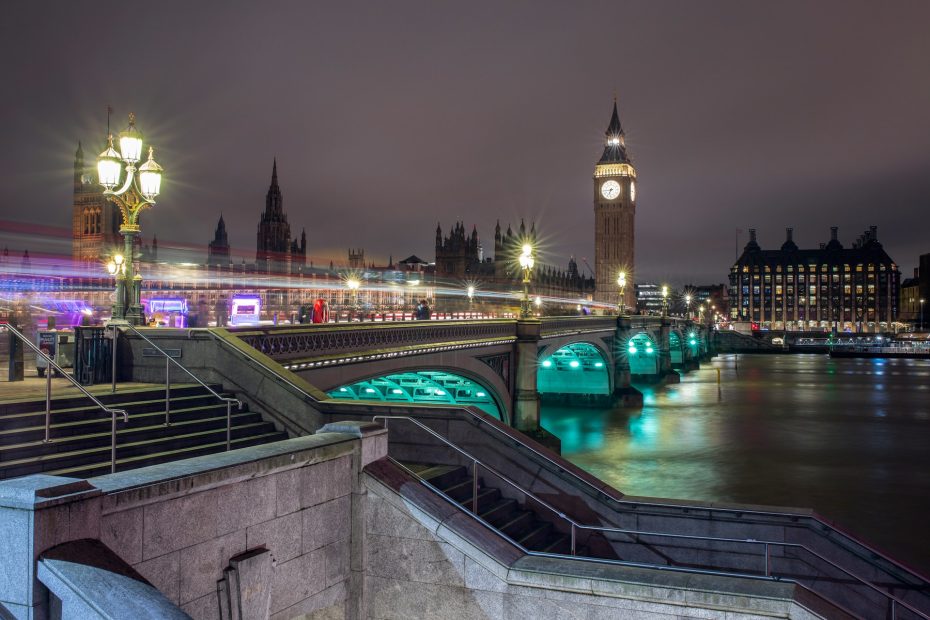
Conversely, for those planning to sample London’s nightlife extensively, other than the neighborhoods mentioned above, Camden is an excellent area known for its alternative music scene and vibrant market atmosphere during the day.
Continue reading our comprehensive guide to explore what makes London’s nightlife legendary and uncover additional hotspots across the city. Get expert advice on making the most out of every night in this electrifying city and find the best areas to stay in London for nightlife.
What’s the Best Area to Stay in London for Nightlife?
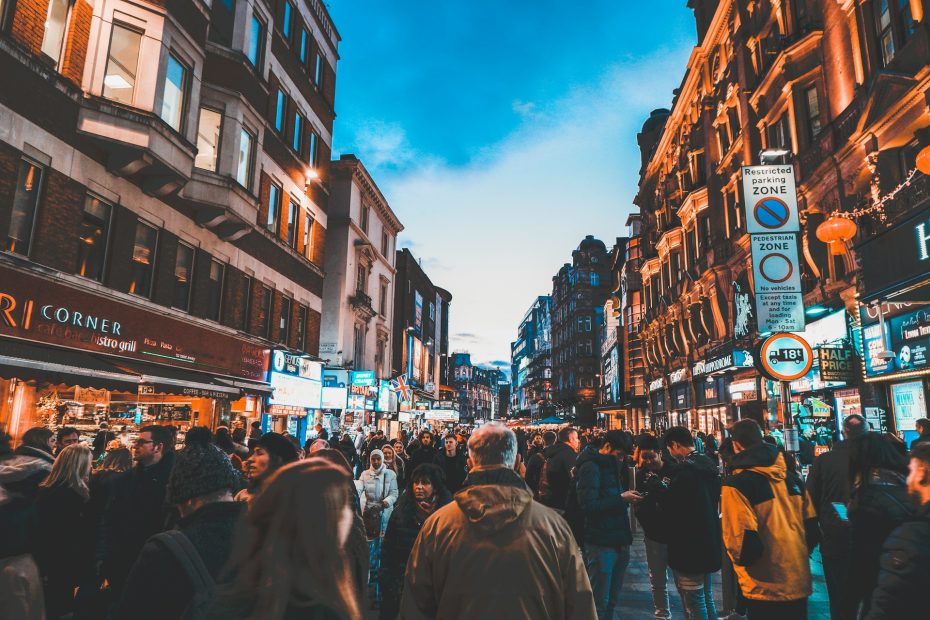
The best area to stay in London for nightlife is the West End. Home to Soho, known for its great bars, LGBTQ+ clubs, and impressive restaurants. Besides, Theatreland delivers world-class performances along Shaftesbury Avenue and Drury Lane. Similarly, Leicester Square is packed with cinemas and entertainment options, while Covent Garden offers stylish eateries, street performers, and boutique shops.
Find available accommodation in the West End.
Best Hotels in the West End, London
- Best five-star hotel: The Savoy
- Best four-star hotel: The Resident Covent Garden
- Best three-star hotel: The Z Hotel Trafalgar
- Best budget hotel: The Chapter Hotels – Mayfair Residences
- Best party hostel: YHA London Central
- Best Airbnb: Wilde Aparthotels London Covent Garden
Nightlife in London: Best Areas to Consider
As mentioned above, if you’re looking to dance the night away in London, the West End is your go-to spot. That said, there are many other areas to keep in mind. These are some great areas to consider when looking for accommodation in London for nightlife:
- Soho is a lively area known for its vibrant nightlife. It features many bars, nightclubs, and late-night restaurants. The area is also famous for its music venues and theaters, offering plenty of entertainment options.
- Shoreditch is located in East London and is famous for its trendy atmosphere and hipster crowd. It has clubs, bars, and pubs where you can enjoy an eclectic mix of music genres. Additionally, its streets are lined with street art, giving it a unique urban feel.
- Camden is famous for its alternative scene and live music venues. Numerous pubs and clubs feature live bands, particularly rock and punk. Camden Market, with its eclectic mix of stalls and late-night food options, adds to the area’s bohemian vibe.
- Mayfair is known for its upscale nightlife. The area features high-end bars, exclusive nightclubs, and sophisticated dining spots. It’s a great place to go if you want a more luxurious night out.
- Brixton offers a diverse nightlife experience with a strong Caribbean influence. It has many live music venues featuring reggae, hip-hop, and electronic music. The area also has many unique bars and late-night food markets.
- Hackney has a more relaxed and underground nightlife scene. The area features various warehouse parties, indie bars, and small clubs. It’s known for its artistic community and often hosts events combining art, music, and performance.
Where to Stay in London for Nightlife: Best Areas
1. West End & Soho
The best area to stay in London for first-time travelers and the lgbtq+ community
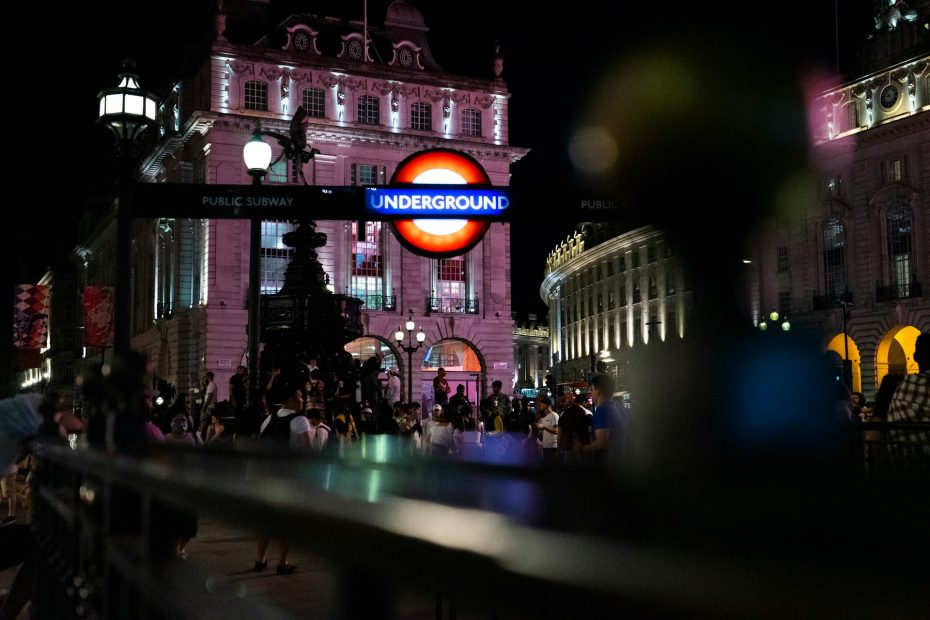
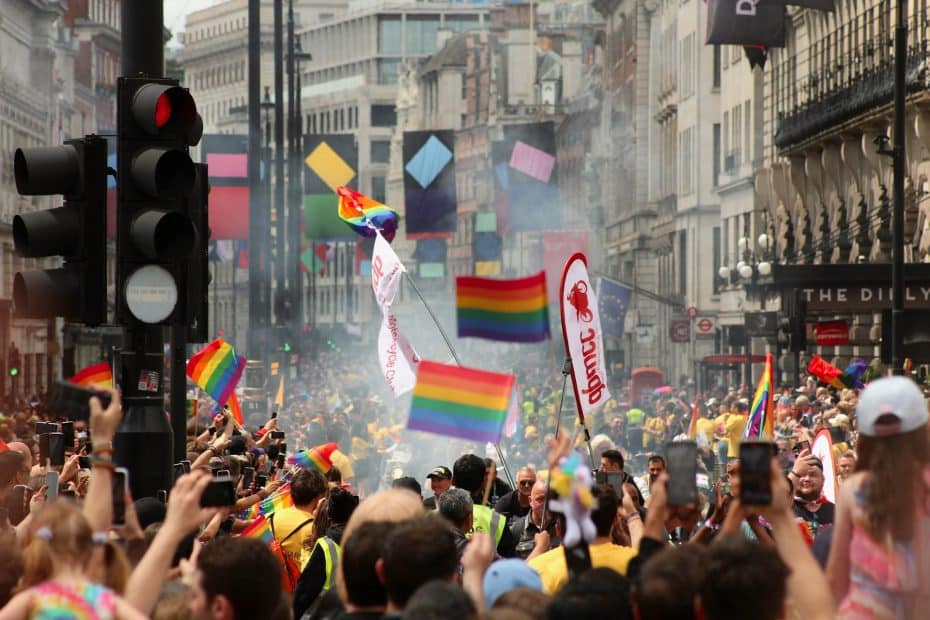
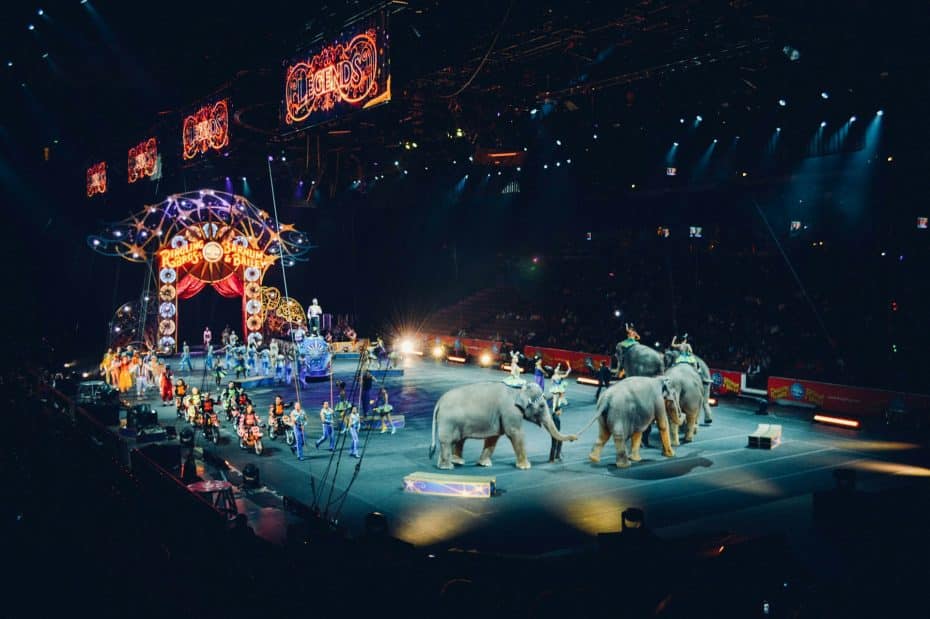
London’s West End has undoubtedly been the city’s entertainment hub for decades.
London’s West End, a bustling district in the western part of Central London, is known for its dynamic nightlife, numerous theaters, and cultural attractions. It is a hub for entertainment and dining, delimited by streets like Oxford Street in the north, Regent Street to the west, and Charing Cross Road to the east.
In particular, the area is notable for its vibrant LGBTQ+ scene around Old Compton Street. This street has been central to LGBTQ+ life since the 1980s. Conversely, popular gay bars in this area include G-A-Y Bar on Old Compton Street, which hosts events and themed nights; Comptons of Soho, known for its relaxed atmosphere and historic feel. Additionally, The Yard Bar offers a courtyard setting. With regards to nightclubs, Heaven near Charing Cross is one of the most famous gay clubs in London; in addition, Ku Bar on Lisle Street features multiple floors with different vibes, and Circa Soho near Piccadilly Circus provides a stylish ambiance.
Unquestionably one of the most famous attractions in the West End, Theatreland draws many for its array of iconic theaters. This concentration of performance venues makes staying here particularly appealing for theatre enthusiasts. Key establishments include The Royal Opera House in Covent Garden, noted for opera and ballet performances since its establishment in 1732; Her Majesty’s Theatre on Haymarket, currently home to productions like “The Phantom of the Opera”; and the Prince Edward Theatre on Old Compton Street, which continues to host major musical productions.
Relatively near, the world-famous Piccadilly Circus acts as an intersection where some of London’s busiest streets meet. Renowned for its brightly lit billboards and Shaftesbury Memorial Fountain, also known as Eros fountain.
Beyond its nightlife and theater scene, the West End encompasses some of London’s most significant shopping streets. Oxford Street, one of the busiest shopping streets in Europe, features many high-street brands and flagship stores. Nearby Regent Street is known for its sweeping curves and stores housed in beautifully preserved buildings. For more luxurious options, Bond Street offers high-end boutiques and designer fashion.
Unsurprisingly, for those seeking to soak in London’s world-leading cultural scene, the West End houses many museums, such as the National Gallery in Trafalgar Square and Somerset House on the Strand. Trafalgar Square, with Nelson’s Column at its center, often serves as a gathering place for events and celebrations, including London Gay Pride.
In a more practical sense, transport links in the West End are excellent. Firstly, several Underground lines pass through major stations, including Piccadilly Circus (serviced by the Piccadilly and Bakerloo lines), Leicester Square (on the Northern and Piccadilly lines), and Covent Garden (also on the Piccadilly line). Additionally, several bus routes serve the area day and night.
Best Hotels in the West End & Soho to Enjoy London’s Nightlife
2. Shoreditch
The best area for nightlife in East London
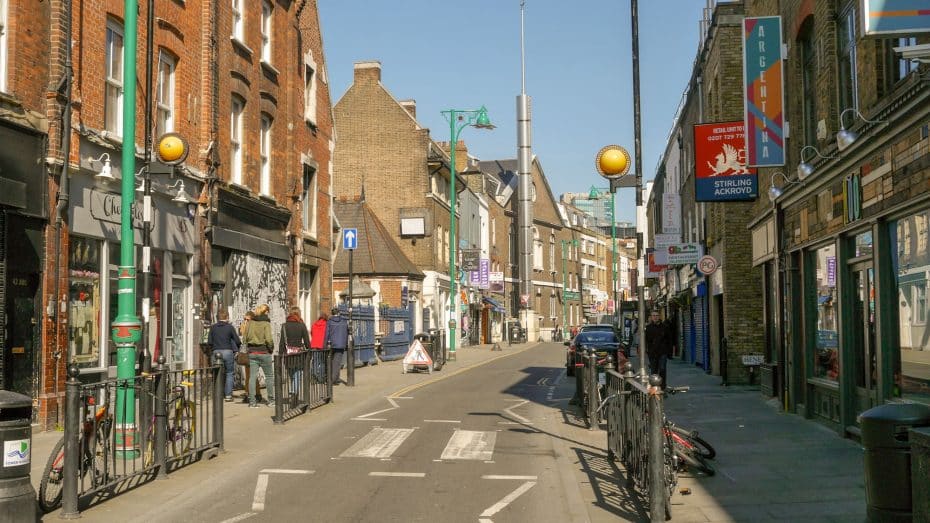
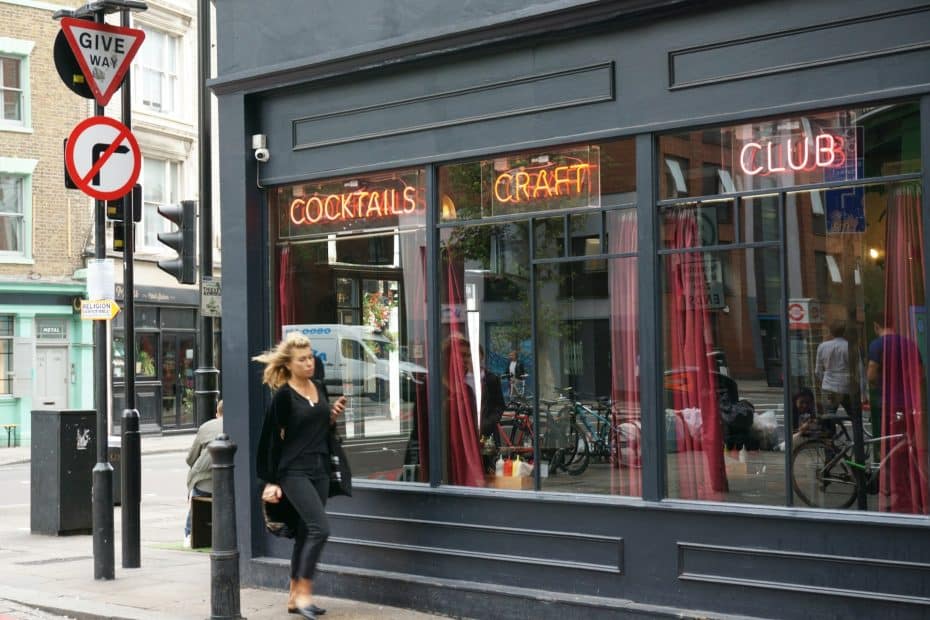
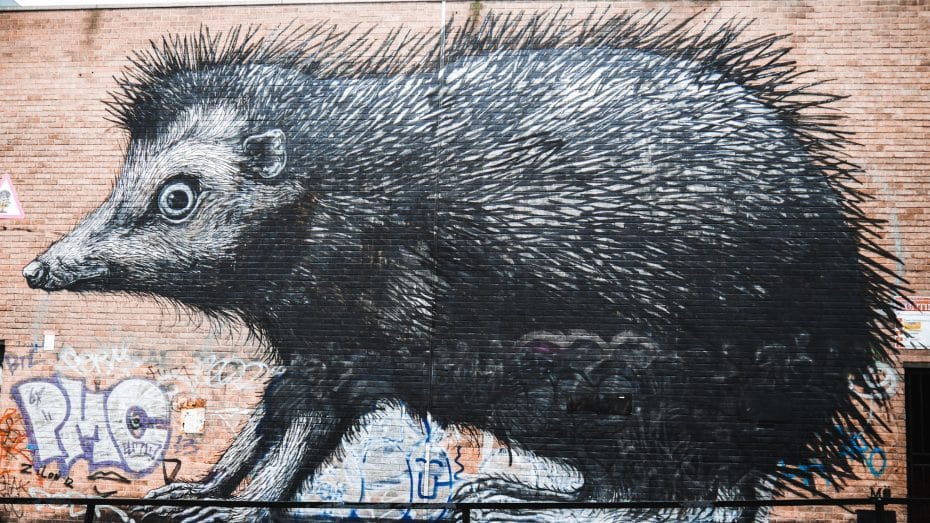
Located in East London, Shoreditch underwent a transformation from an industrial area to a trendy and dynamic neighborhood.
Shoreditch, located in the East End of London, has recently become synonymous hipster London and alternative culture.
Historically, Shoreditch started as a working-class neighborhood and has undergone significant transformation over the past few decades. Once known for its theaters during Elizabethan times—The Theatre being the first permanent theatre in London built in 1576—it has retained a creative aura. In more recent history, it became a prominent area for artists and young professionals due to its affordable rents and loft spaces.
Today, the area buzzes with youthful energy, particularly after dark, when many bars and clubs come alive. Begin your night at The Book Club on Leonard Street, which offers extensive drinks, events, and live music performances. For craft beer enthusiasts, Old Street’s Craft Beer Co showcases an impressive selection. For cocktails, The Nightjar on City Road delivers a speakeasy ambiance with top-notch mixes.
The club scene in Shoreditch includes places like XOYO on Cowper Street, which is known for its pulsating dance floors and hosting top-tier DJs. Additionally, Cargo, located under railway arches on Rivington Street, combines industrial aesthetics with light displays. Not far, Village Underground‘s appeal lies in its transformed warehouse space, frequently featuring international acts and DJ sets.
A visit to Shoreditch can’t be complete without indulging in its famed street food culture. Near Spitalfields Market—a historic market dating back to 1638—pop-up stalls and restaurants offer many culinary options spanning global cuisines.
One of the major attractions in Shoreditch is Brick Lane, which is famous for its restaurants, particularly its renowned Bangladeshi curry houses. Brick Lane also hosts markets on Sundays where shoppers can explore vintage clothing, antiques, and handmade crafts. The Old Truman Brewery; once a working brewery, it now serves as a cultural and business space hosting markets, exhibitions, and festivals.
For those interested in contemporary art, Shoreditch isn’t lacking in galleries. The Whitechapel Gallery, located on the boundary of Shoreditch and Aldgate, has featured modern artists since 1901. Additionally, Redchurch Street and Rivington Street are lined with independent galleries showcasing emerging artists.
The area is well-connected by public transportation. Specifically, Shoreditch High Street Overground station provides access to other parts of London via the Overground line. Meanwhile, Liverpool Street Station is just a short walk away and offers national rail services alongside Underground connections via the Central, Circle, Hammersmith & City, and Metropolitan lines.
Best Hotels in Shoreditch to Enjoy London’s Night Scene
3. Camden
London’s countercultural epicenter for decades
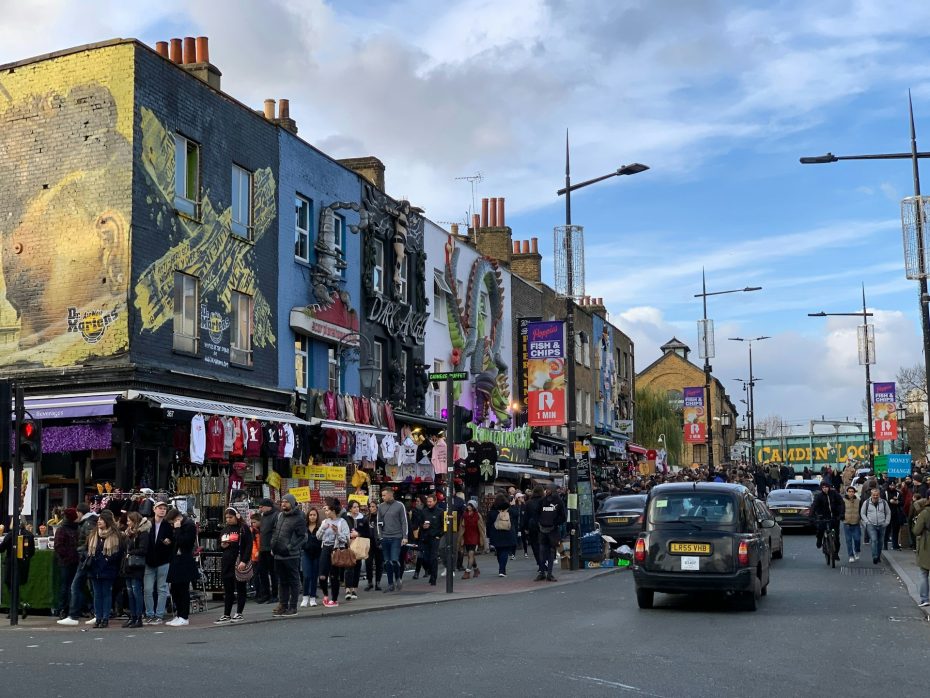
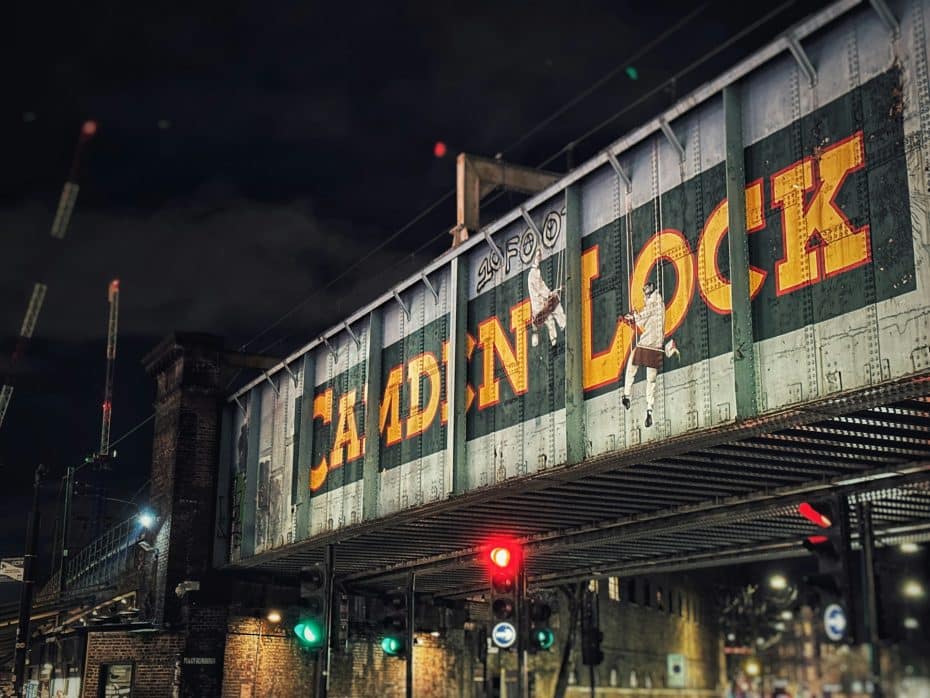
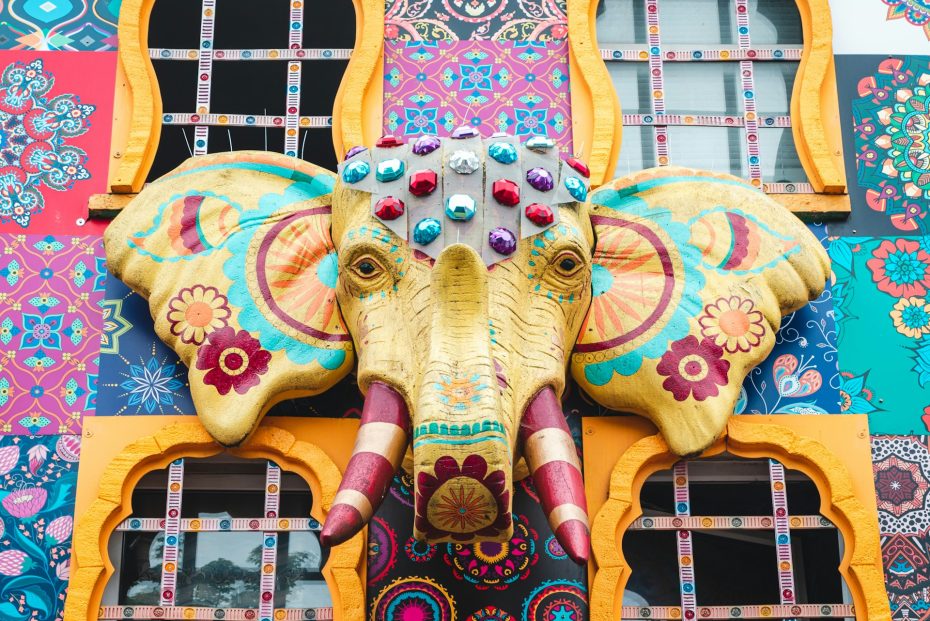
Historically an epicenter for the punk movement in the 1970s, Camden is synonymous with alternative culture.
Camden, located in the northwest, has become synonymous with its eclectic and thriving nightlife scene. Historically, it emerged as a residential area during the early 19th century before growing into a renowned cultural hub.
Staying in Camden for nightlife offers the best of London’s legendary night scene. Here, the sounds of live music spill out into the streets, art mingles with daily life, and the old meets the new in a raw and exciting way.
Camden, particularly the eponymous central district known as Camden Town, is teeming with bars, pubs, and clubs. Among the most notable bars are The Hawley Arms, known for its association with Amy Winehouse and its lively atmosphere; Barfly, which offers a punk rock vibe and regularly hosts live music; and Lock Tavern, which provides a cozy setting with great views over Camden Market.
In terms of nightclubs, KOKO is an iconic venue offering indie and electronic dance music. Electric Ballroom has been a fixture in Camden since the 1940s and continues to draw crowds with its varied club nights and live band performances. Additionally, Jazz Café offers live jazz along with soul, funk, reggae, and hip-hop.
Additionally, Camden’s culinary scene is renowned for its street food markets. For example, Camden Lock Market and Stables Market offer cuisine from around the world, from gourmet burgers to Ethiopian dishes.
Daytime attractions in Camden include the picturesque Regents Canal, which offers scenic walks. The Roundhouse is an iconic venue that started as a railway engine shed in 1847 before becoming one of London’s leading cultural spaces for music and performing arts. Additionally, nearby Primrose Hill provides panoramic views of central London’s skyline.
Transportation within Camden is convenient with several tube stations, including Camden Town (Northern Line), Chalk Farm (Northern Line), and Kentish Town (Northern Line). Numerous bus routes also traverse the district.
Best Hotels in Camden to Enjoy London’s Nightlife
4. Mayfair
Upscale nightlife area in London
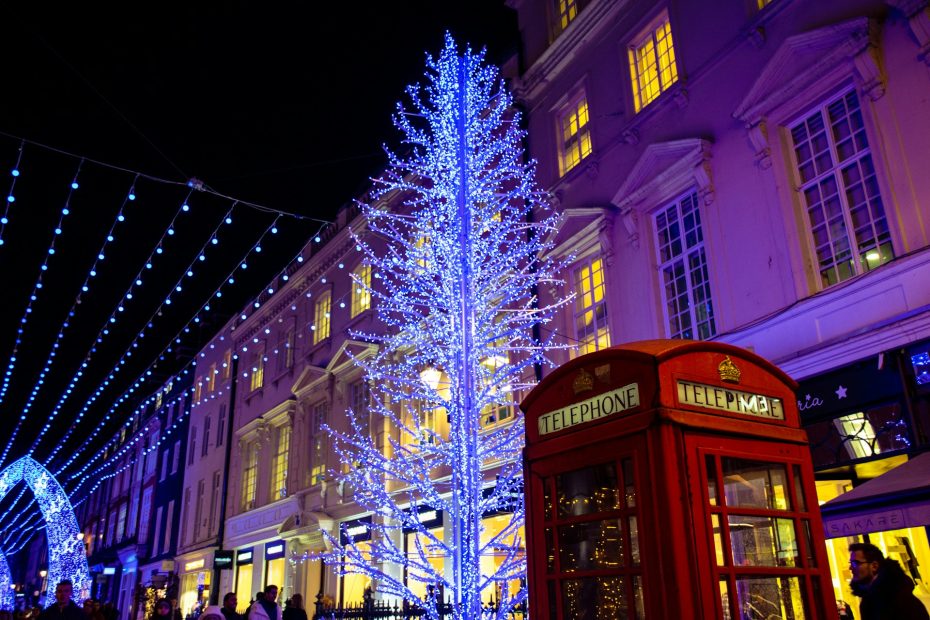
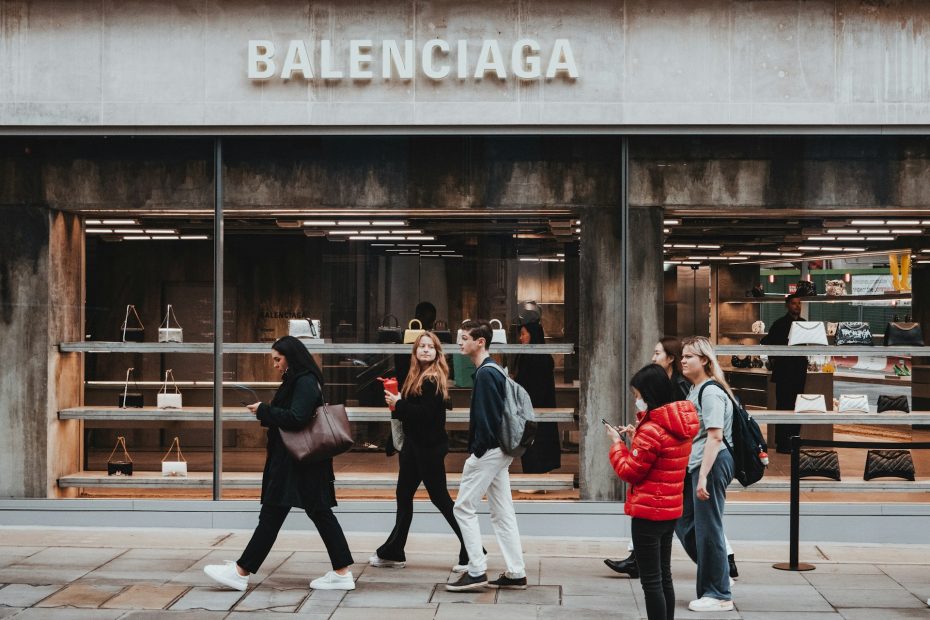
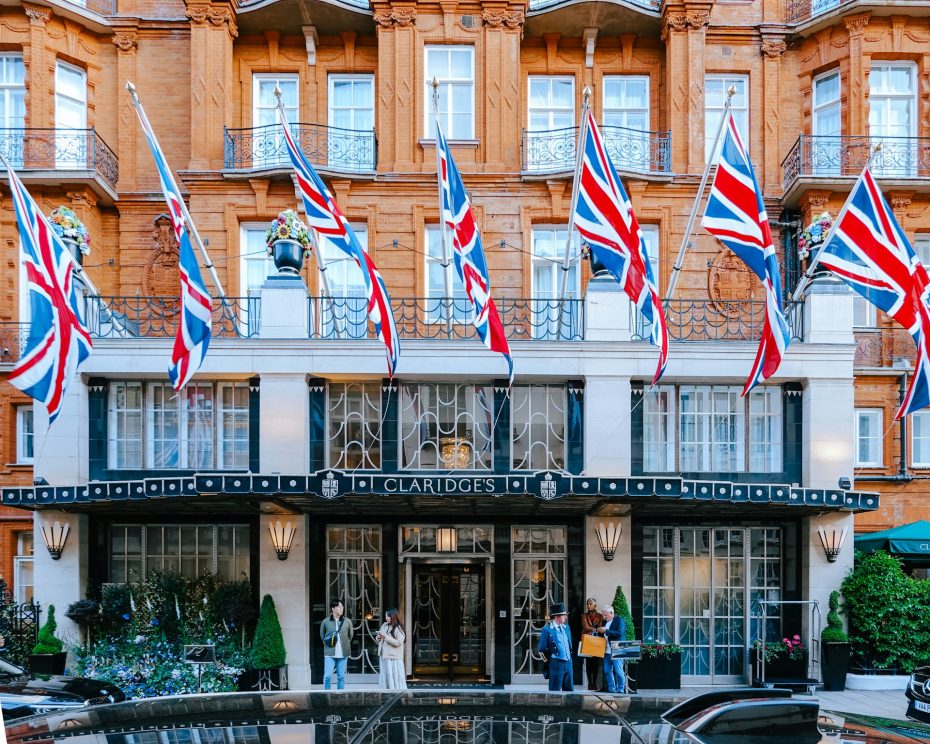
Known for its exclusive clubs, Mayfair is an upscale district in central London bordered by Hyde Park and Piccadilly Circus.
Mayfair is an affluent area within the City of Westminster. Established in the 17th century, Mayfair is synonymous with luxury and elegance, making it an attractive destination for those seeking exclusive nightlife and high-end accommodation.
Staying in Mayfair offers a unique experience characterized by its opulence and historical charm. As evening descends, Mayfair transforms into a hub for sophisticated nightlife, featuring various bars and clubs catering to an exclusive crowd. The main areas for nightlife include Berkeley Square, Bond Street, and Piccadilly, where guests can find everything from high-energy nightclubs to quiet cocktail bars.
For a sophisticated evening out, explore The Connaught Bar, renowned for its exquisite cocktails and art deco interiors. Another top choice is Claridge’s Bar, offering a chic atmosphere with a blend of contemporary and classic design elements. For a more intimate setting, The Punch Room provides a cozy yet refined environment perfect for tasting traditional punch recipes.
Club enthusiasts can revel in the vibrant scenes at popular spots like Annabel’s, a private members’ club known for its extravagant interiors and celebrity clientele. Meanwhile, the Tape London club offers a cutting-edge music experience with live DJ sets in an exclusive setting.
Architecturally, Mayfair showcases elegant streets lined with Victorian, Georgian, and neo-classical buildings. Due to its history as a home to London’s elite, it maintains an aristocratic air. Examples include Grosvenor Square, which has been a notable landmark since its creation in the early 18th century, and Berkeley Square.
Landmarks in Mayfair include the Royal Academy of Arts on Piccadilly. Furthermore, Savile Row is famous worldwide for bespoke tailoring shops that have catered to discerning clients for centuries.
Transportation options are plentiful in Mayfair. Specifically, Underground stations, including Green Park (served by the Jubilee, Piccadilly, and Victoria lines) and Bond Street (served by the Central and Jubilee lines), make accessing other parts of London convenient. Additionally, numerous bus routes traverse this central location.
Accommodation in Mayfair comprises mainly luxury hotels offering plush rooms, personalized services, fine dining restaurants, spas, and exclusive lounges.
Best Hotels in Mayfair to Enjoy London’s Upscale Nightlife
5. Hackney
London’s new alternative hub
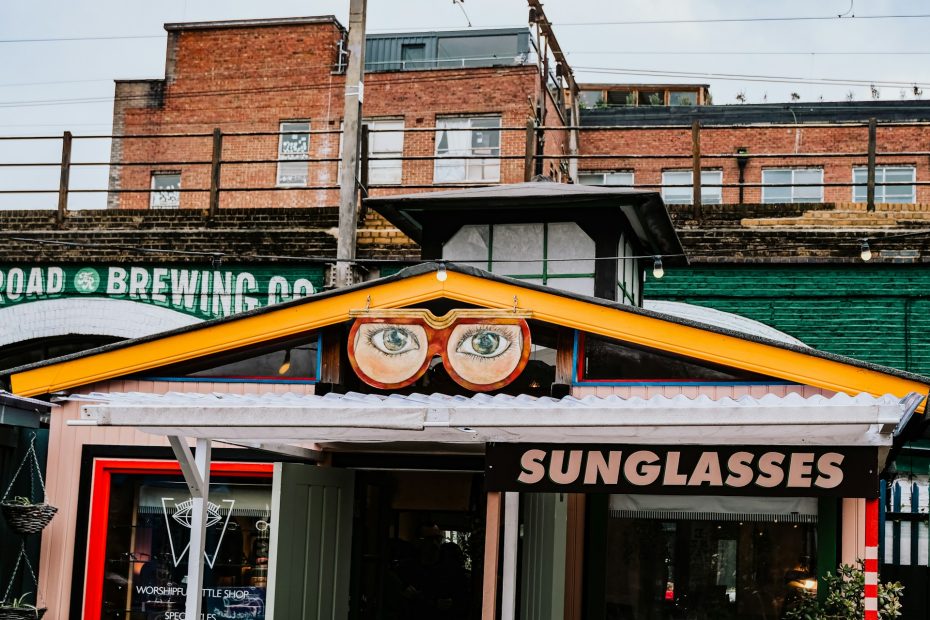
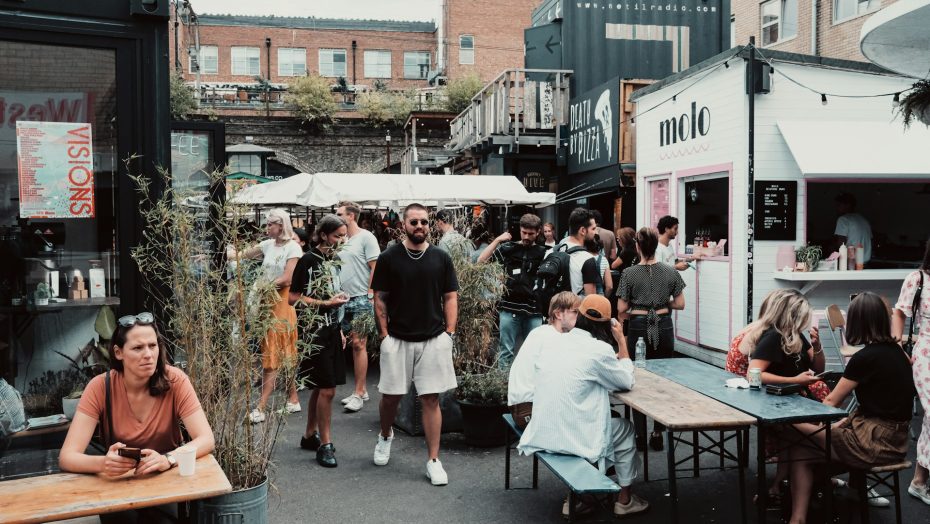
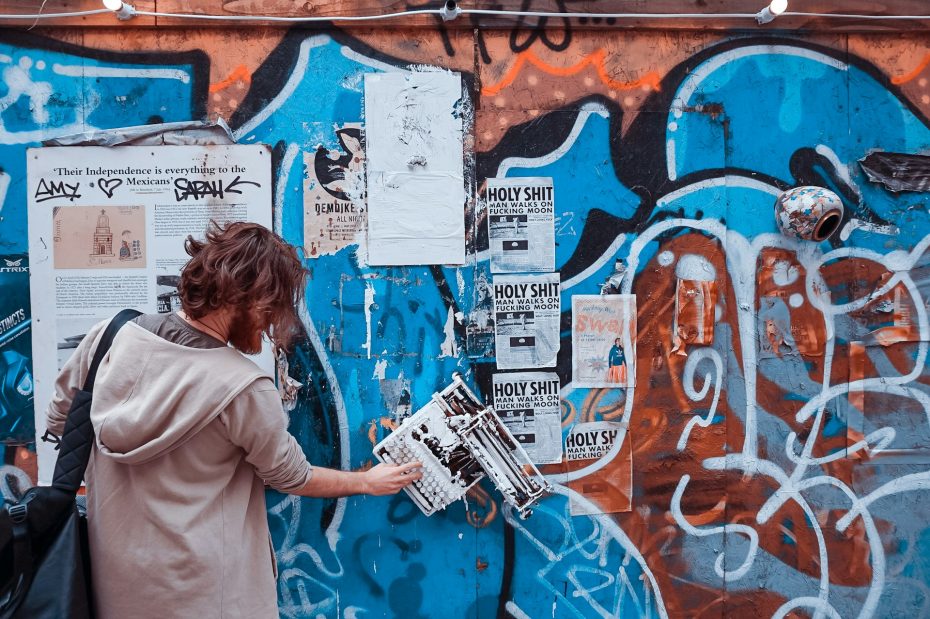
Situated in East London, Hackney is recognized for its artistic community.
Hackney, in northeastern London, offers a historically rich and culturally diverse environment. Known for its industrial heritage and artistic ambiance, Hackney’s old warehouses and factories have been transformed into some of the city’s hip bars and clubs, making it a notable area for those seeking vibrant nightlife experiences.
Historically, Hackney was an agricultural village during the medieval period, slowly developing into a residential suburb by the 19th century with the booming textile industry. Post-World War II saw a decline due to extensive bombing; however, from the late 20th century onwards, revitalization efforts have transformed Hackney into a vibrant district.
Its vibrant art scene is evident through the numerous galleries, street art, and pop-up events that frequent the area. Nightlife here is varied and energetic, featuring many pubs, bars, and clubs, along with live music venues. The primary nightlife areas include Dalston, Shoreditch, and London Fields.
Dalston is especially renowned for its many hipster bars. The Dalston Superstore is a popular spot that mixes vibrant LGBT-friendly spaces with an eclectic music selection. Ridley Road Market Bar provides live DJ sets and relaxed vibes in an intimate setting. For those who fancy cocktails, Three Sheets delivers with its minimalistic design but extensive drink menu.
One of the key attractions in Hackney is Broadway Market. This market offers a mix of food stalls and independent shops and is bustling with activity every Saturday. The nearby London Fields Park provides green space perfect for picnics and outdoor activities. The park also features the Lido, an Olympic-sized heated swimming pool open year-round.
Hackney is home to several noteworthy art venues. The Hackney Empire Theatre, built in 1901, is an iconic space that hosts comedy shows, concerts, and theatre productions. Additionally, the area houses various art galleries, such as The Viktor Wynd Museum of Curiosities and PEER gallery.
Hackney is well-served by the Overground system. Key stations include Hackney Central and Hackney Downs, which connect to other parts of London. Several bus routes also provide service through the city.
Best Hotels in Hackney to Enjoy London’s Nightlife
6. Brixton
The best area for hip-hop, reggae and EDM fans
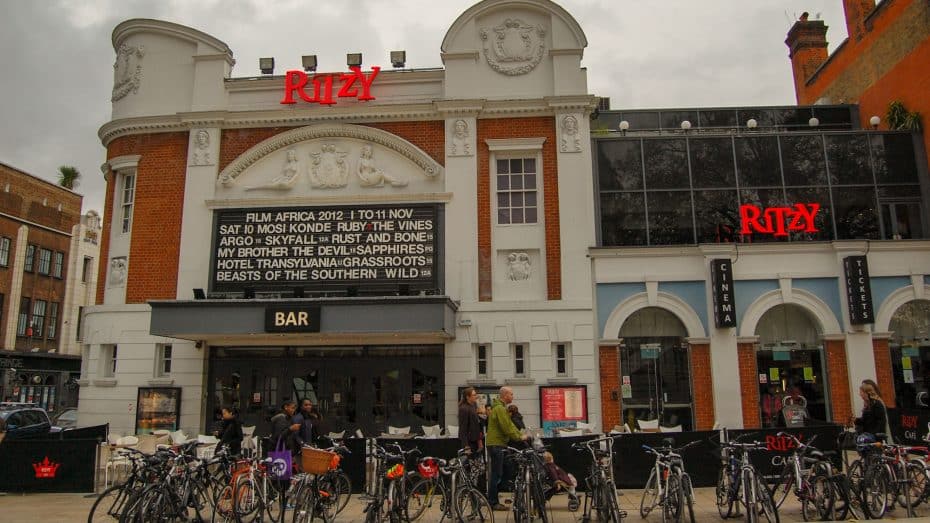
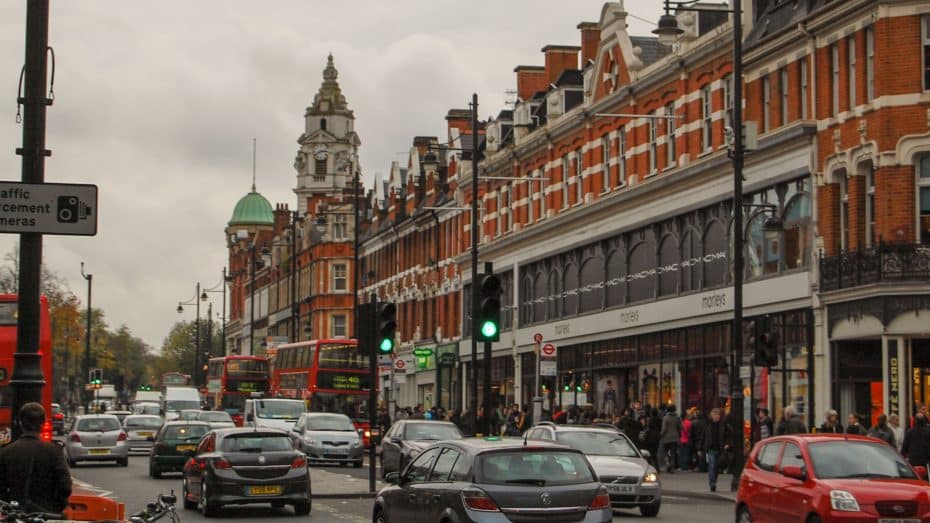
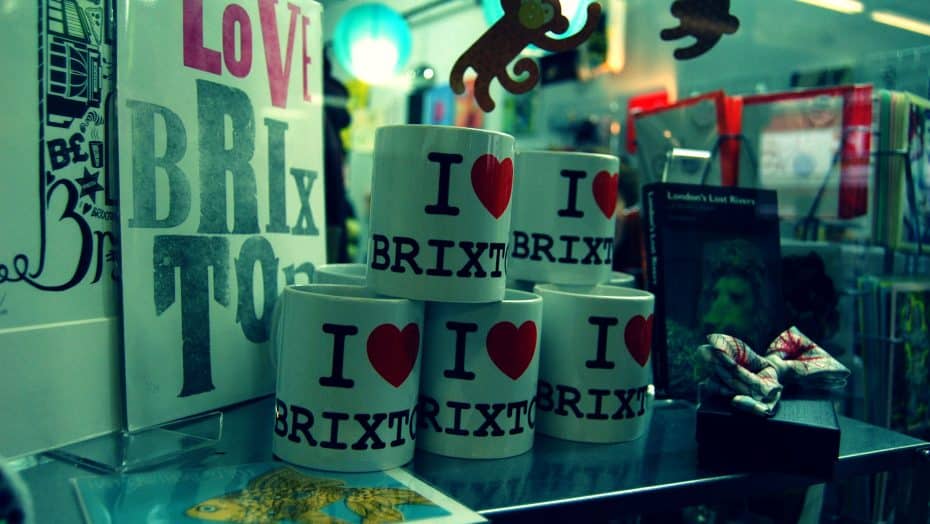
Located in South London, Brixton is celebrated for its Afro-Caribbean culture.
Conveniently located in the south of London, Brixton perfectly captures the electric pulse of the city, particularly when it comes to nightlife. Part of the Lambeth district, Brixton is easily accessible from central London. Famously, Brixton is renowned for its multicultural atmosphere, which makes it a fascinating place for those interested in experiencing a different side of the city.
Originally developed as a suburban residential area in the 19th century following the opening of the Vauxhall Bridge and the construction of railways, Brixton evolved into a bustling neighborhood defined by waves of migration. The arrival of Caribbean immigrants post-World War II introduced significant cultural influences that continue to shape Brixton’s identity today.
Today, Brixton’s nightlife scene is renowned for its diversity and energy. The area buzzes with activities long after dark, from hip bars to vibrant clubs. A popular spot is Effra Social, housed in a former community center; it offers a cozy atmosphere, live music, and eclectic beers. Additionally, for craft beer enthusiasts, Brixton Brewery Taproom provides an opportunity to sample locally brewed ales in an informal setting with street art.
For those who prefer clubs, Phonox stands out with its state-of-the-art sound system and a regular line-up of internationally acclaimed DJs. Electric Brixton, set in a converted cinema, has elegant interiors and an eclectic program ranging from electronic music to rock gigs. Another essential venue is the O2 Academy Brixton, an iconic space known for hosting concerts across diverse music genres.
Conversely, regarding transportation, Brixton is served by several lines. The Victoria Line of the London Underground connects Brixton Station directly to central London destinations like Oxford Circus and Victoria Station. Overground services are accessible via nearby Loughborough Junction and Herne Hill stations. Numerous bus routes also service the area.
Best Hotels in Brixton to Enjoy London’s Clubbing Scene
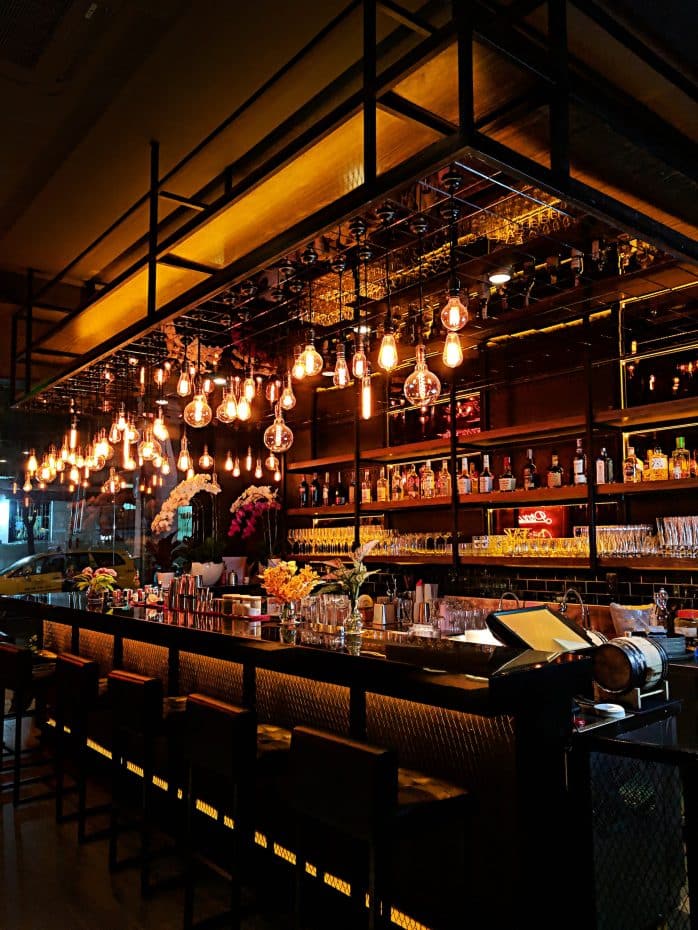



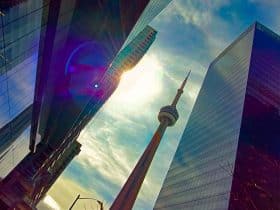
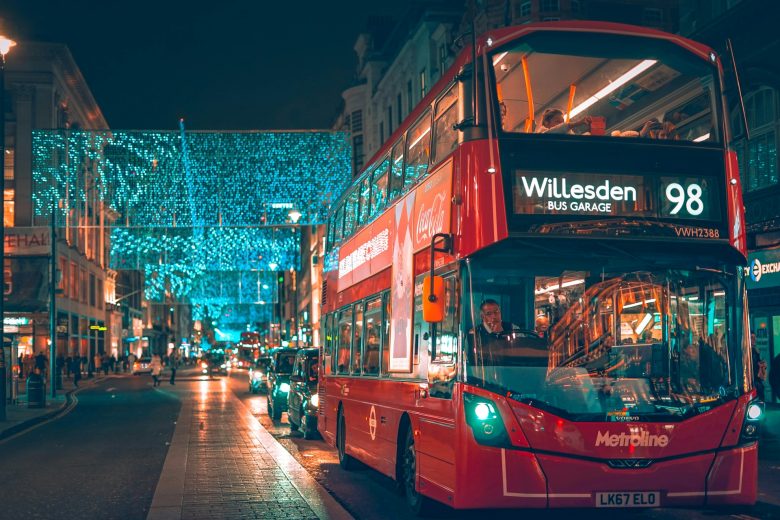

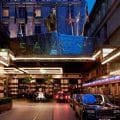
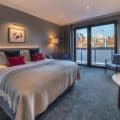
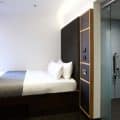
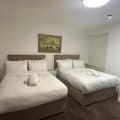

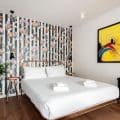
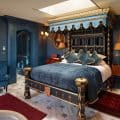
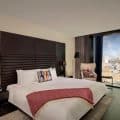

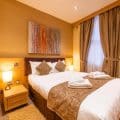
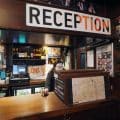

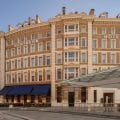
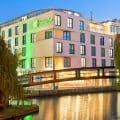
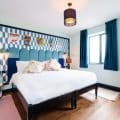
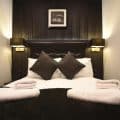


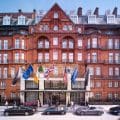
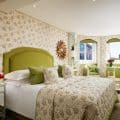
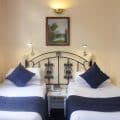

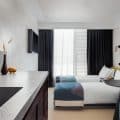

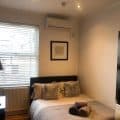
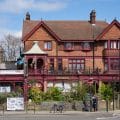
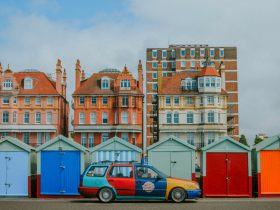
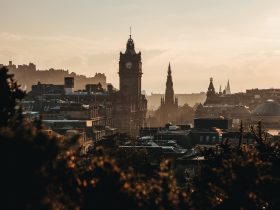

















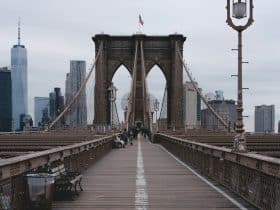

Leave a Reply
View Comments